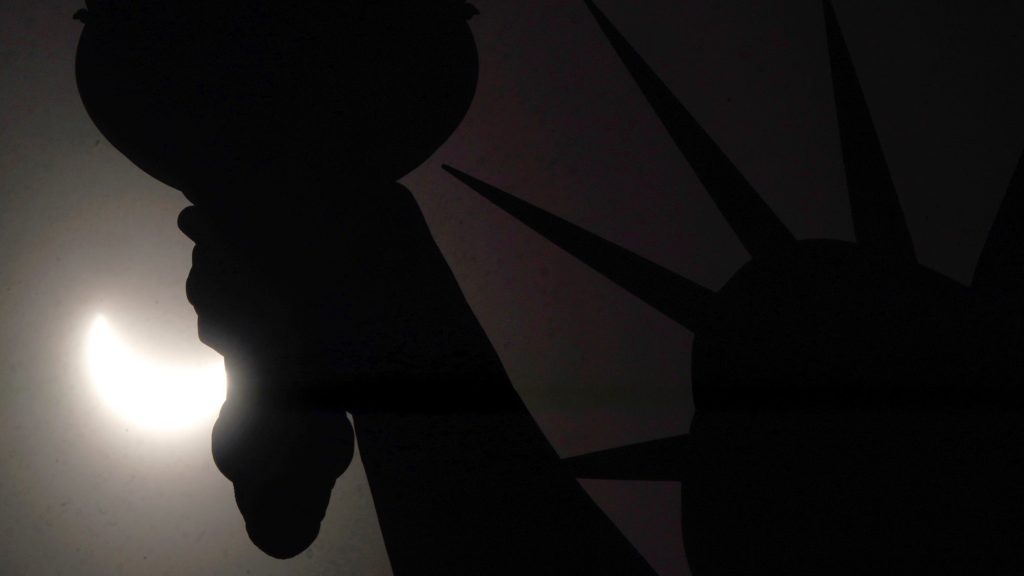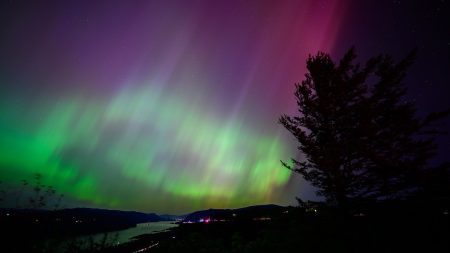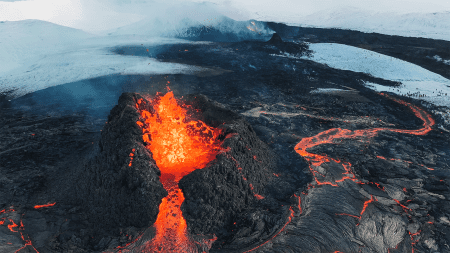Today was a remarkable day as a total solar eclipse happened in North America. The sky first turned dark in Mazatlán, Mexico on the country’s Pacific Coast. Torreón, Mexico had the longest totality at 4 minutes and 28 seconds. It then moved into the United States through Texas and passed through Oklahoma, Arkansas, Missouri, Illinois, Kentucky, Indiana, Ohio, Pennsylvania, New York, Vermont, New Hampshire, and Maine. It entered Canada via Southern Ontario, and continued through Quebec, New Brunswick, Prince Edward Island, and Nova Scotia. The eclipse left the continental North America on the Atlantic coast of Newfoundland, Canada, at 5:16 p.m. NDT.
Here’s what the eclipse looked like at different places, from Mexico to Canada.
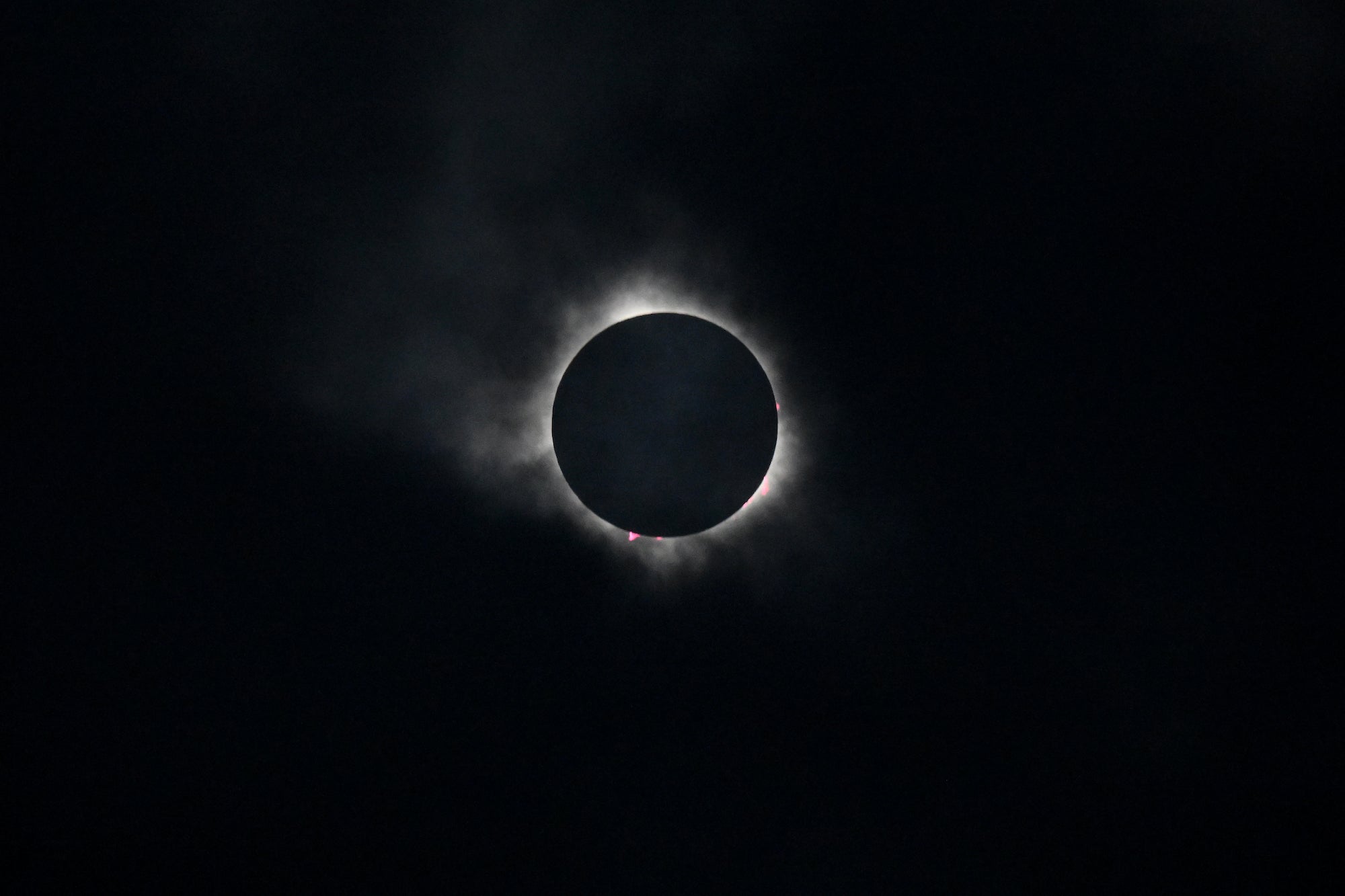
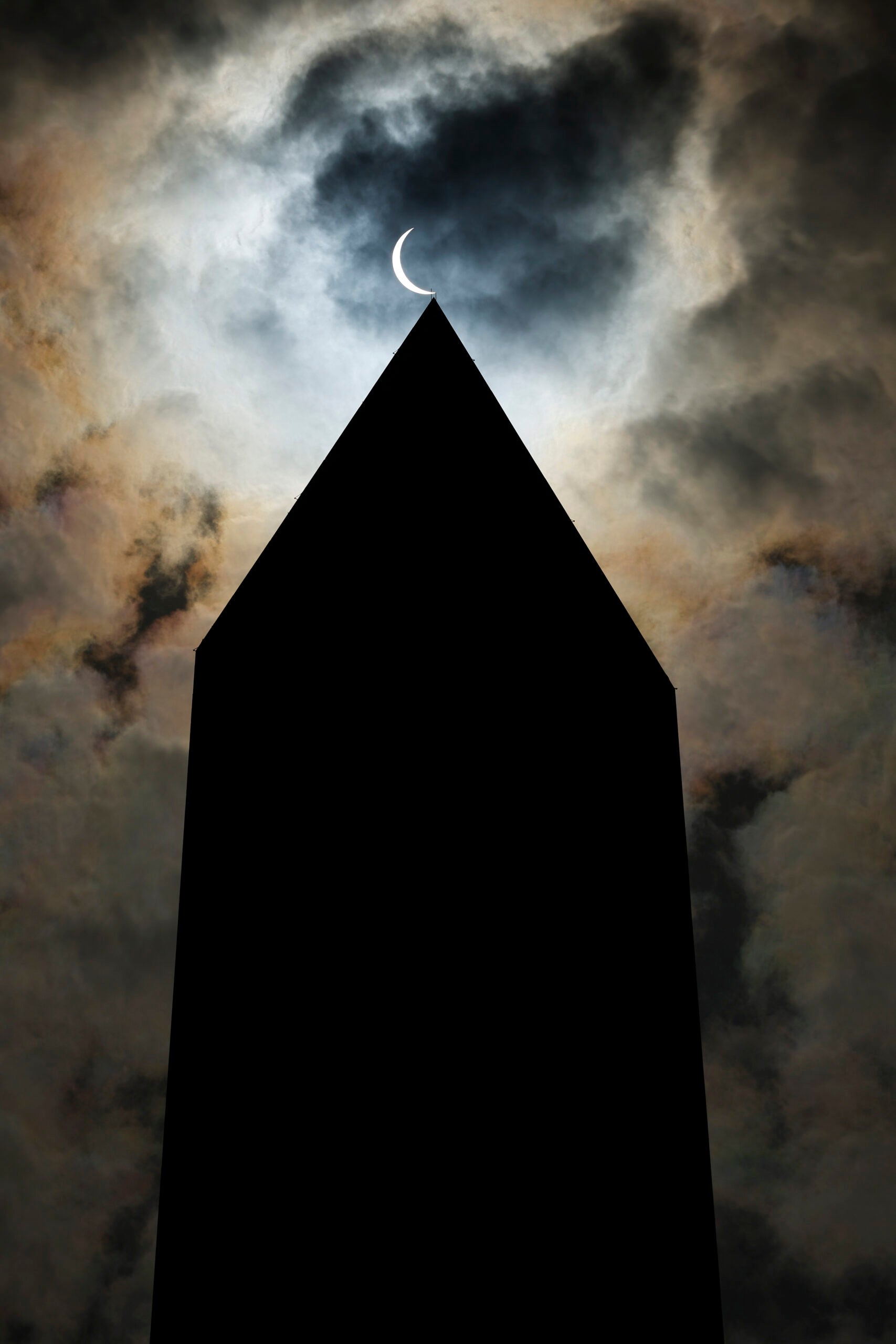
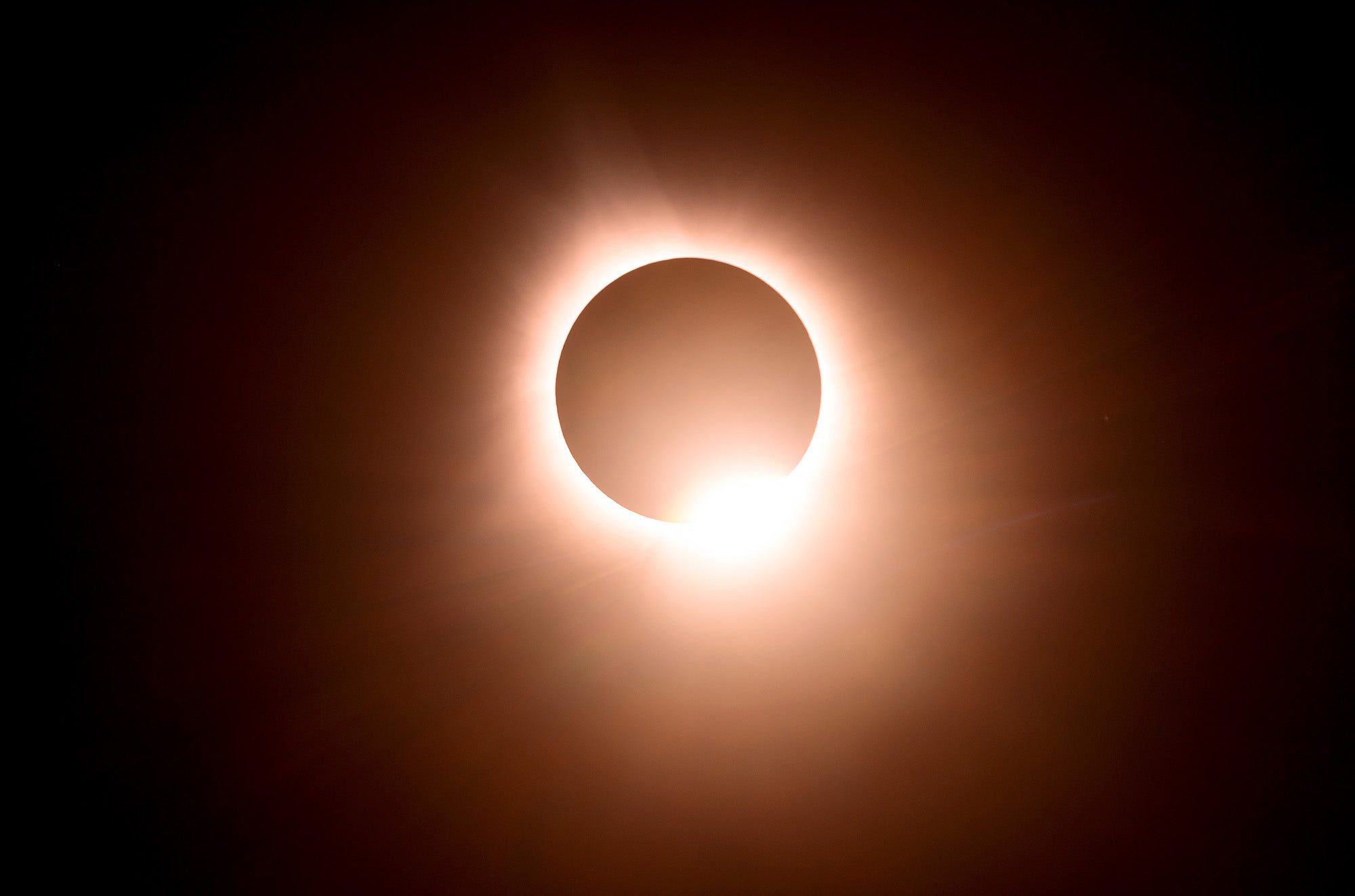
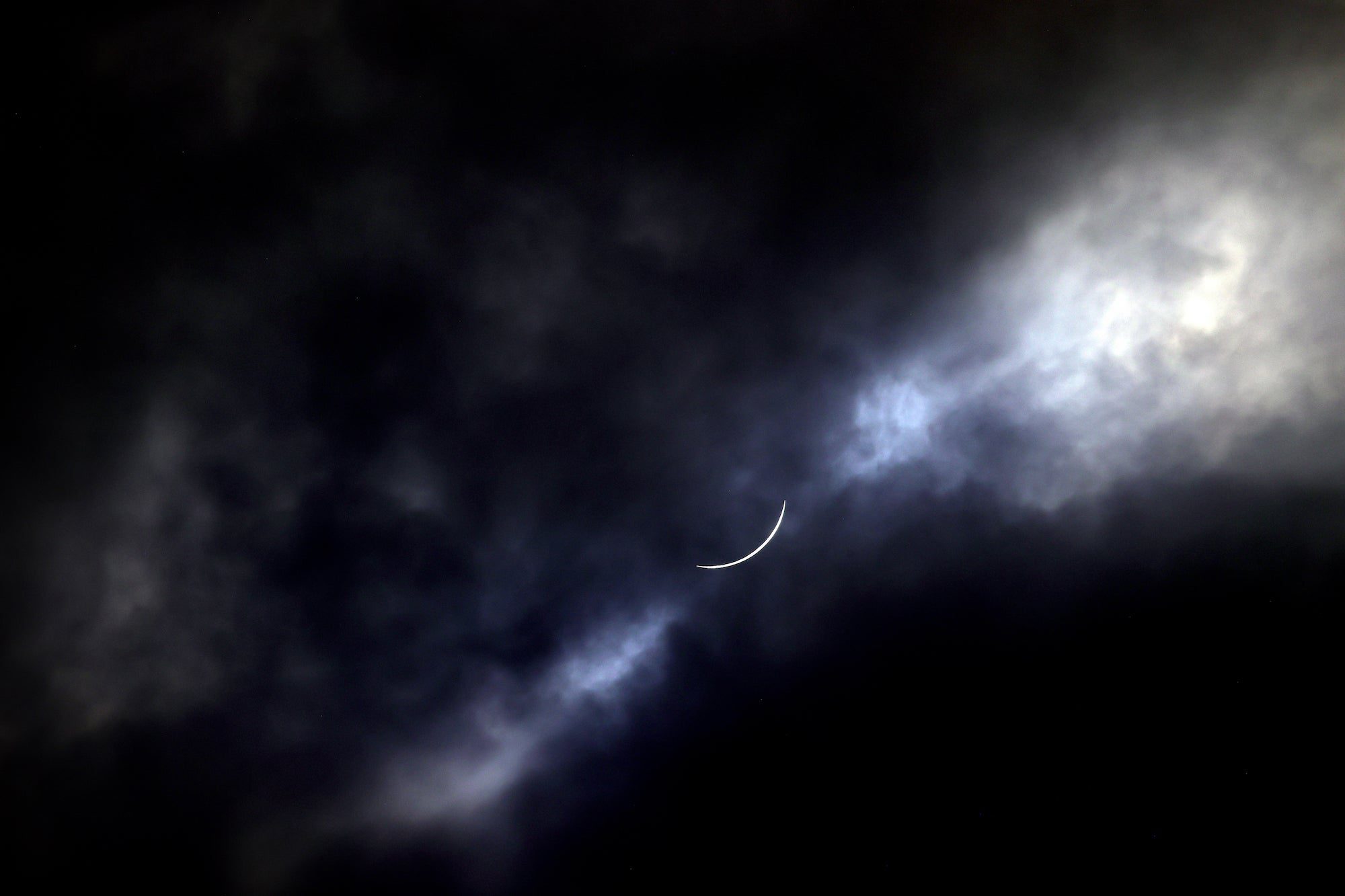
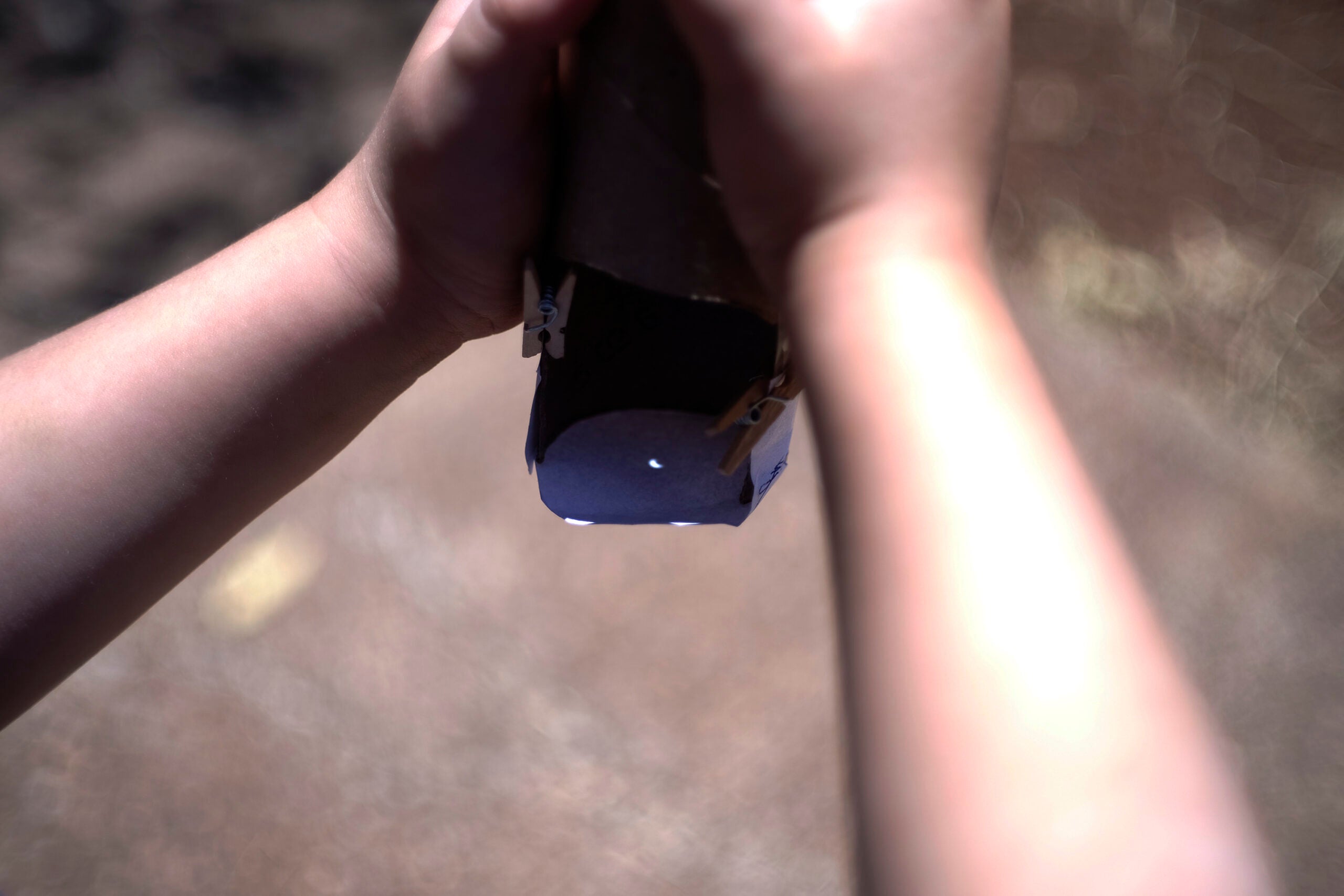
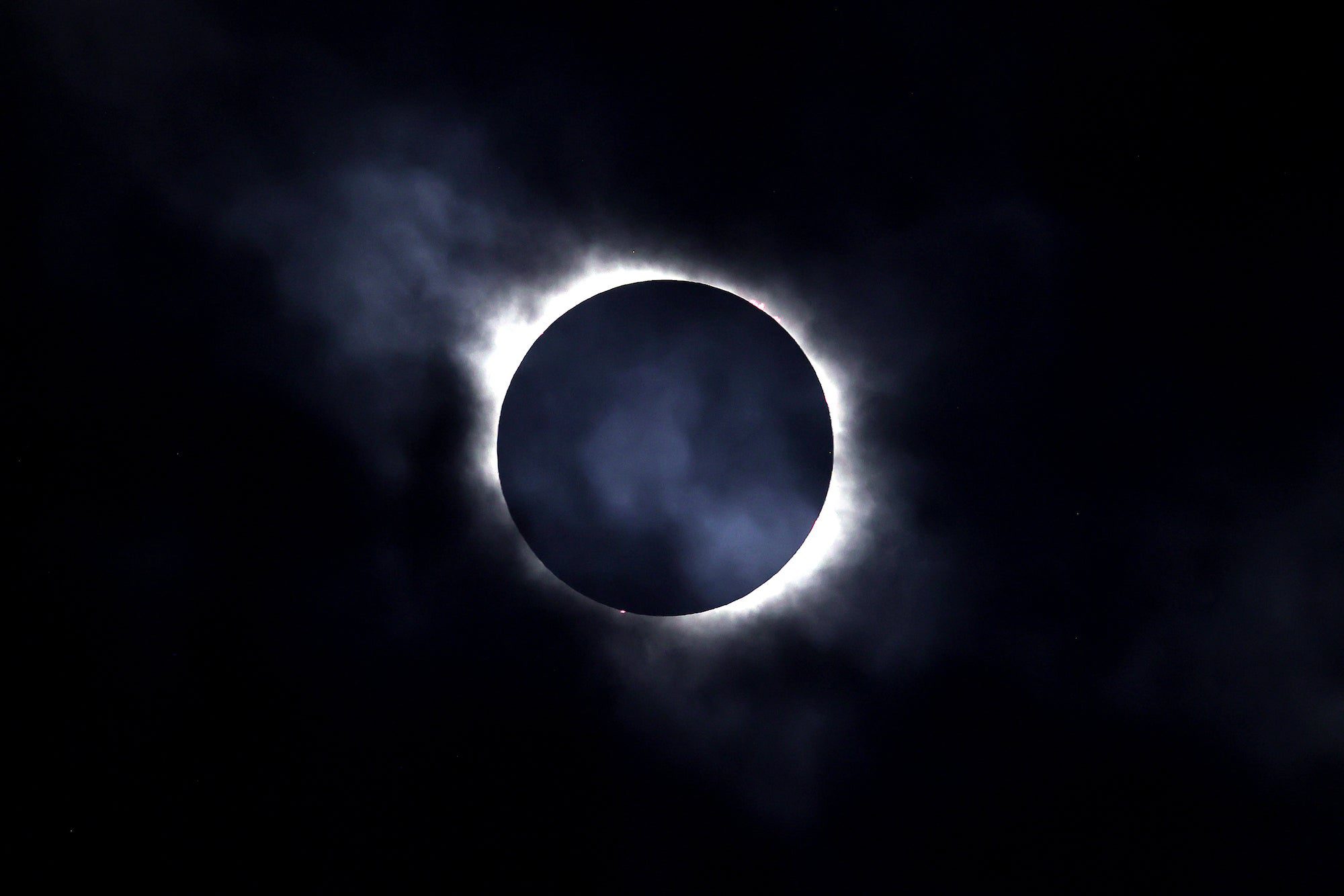
And if you’re wondering what the eclipse looked like from space, NASA shared the view from the International Space Station.
Ever seen a total solar #eclipse from space?
Here is our astronauts' view from the @Space_Station pic.twitter.com/2VrZ3Y1Fqz
— NASA (@NASA) April 8, 2024
If you can, please consider reusing or donating any used eclipse glasses. Visit Astronomers Without Borders to find out more about how you can reuse your glasses. If you are in the path of totality, many libraries will also provide convenient eclipse glasses recycling locations.





